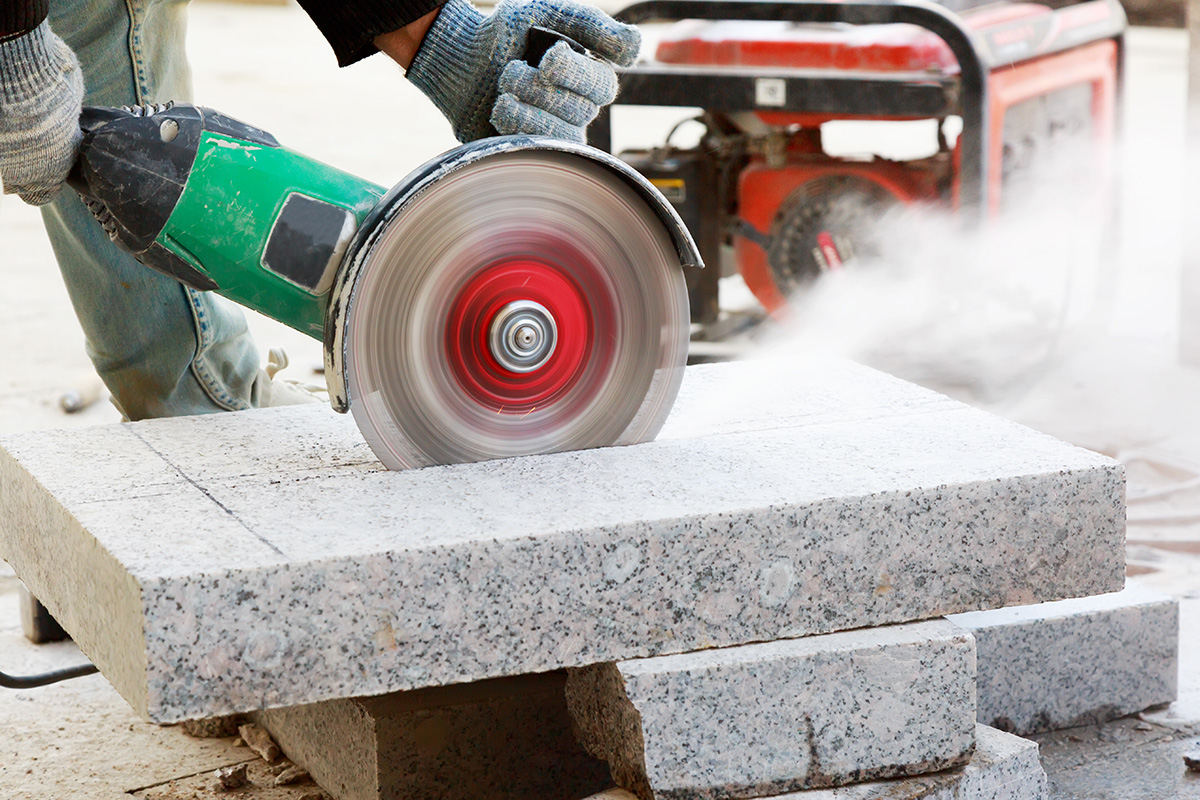The next step towards a potential ban of the use of engineered stone in Australia has commenced with the opening of public consultation on a prohibition.
WHS ministers from around Australia, including South Australia’s Industrial Relations Minister Kyam Maher MLC, met with Federal Employment and Workplace Relations Minister the Hon Tony Burke MP last week to discuss several key issues including action to reduce workplace exposure to respirable crystalline silica.
On managing the risks of respirable crystalline silica, the ministers agreed to:
- National awareness and behaviour change initiatives
- Regulation of high-risk crystalline silica processes for all materials (including engineered stone)
- Further analysis and consultation on the impacts of a prohibition on the use of engineered stone, and consideration of a national licensing system for products that are not subject to a ban, or legacy products.
Safe Work Australia has commenced the next stage of consultation on a prohibition on the use of engineered stone. The public consultation paper has been released through Safe Work Australia’s Engage website.
Submissions will be open until 2 April 2023.
Stakeholder feedback from the consultation will inform a Safe Work Australia report to be provided to WHS ministers for their consideration.

Safe Work Australia CEO Michelle Baxter welcomed the decision by WHS ministers to agree to recommendations on action to reduce workplace exposure to respirable crystalline silica and prevent silicosis and silica-related diseases in Australia.
‘I encourage all stakeholders to go to Safe Work Australia’s consultation website Engage to take part and have your say on a prohibition on the use of engineered stone,’ she said.
‘We will also work closely with WHS regulators and other stakeholders including industry and unions, to implement the options agreed by WHS ministers, including further national awareness and behaviour-change initiatives and regulation of high-risk crystalline silica processes for all materials, including engineered stone, and across all industries.’
Between 2010-11 and 2020-21 there were 488 accepted workers’ compensation claims for silicosis in the jurisdictions covered by the model WHS laws.
‘Workplace exposure to respirable crystalline silica has led to an unacceptable increase in the number of cases of silicosis and other silica-related diseases,’ Ms Baxter said.
Silica is a naturally occurring and widely abundant mineral that forms the major component of most rocks and soils. The most common type of crystalline silica is quartz.
Its abundance varies from just 2 per cent in marble and limestone to 20 to 45 (typically 30) percent in granite and 70 to 95 per cent in natural sandstone.
Engineered stone can contain up to 97 percent silica.
Crystalline silica is most dangerous to health when dust is generated, becomes airborne and is then inhaled by a worker.
Silica dust is generated in workplace mechanical processes such as crushing, cutting, drilling, grinding, sawing or polishing of natural stone or man-made products that contain silica.
Examples of work activities that can generate respirable silica dust particles include fabrication and installation of composite stone countertops, construction labouring activities, mining and paving.
If a worker is exposed to and breathes in silica dust they could develop a range of diseases including acute silicosis, lung cancer, emphysema and chronic bronchitis.
Further links:


